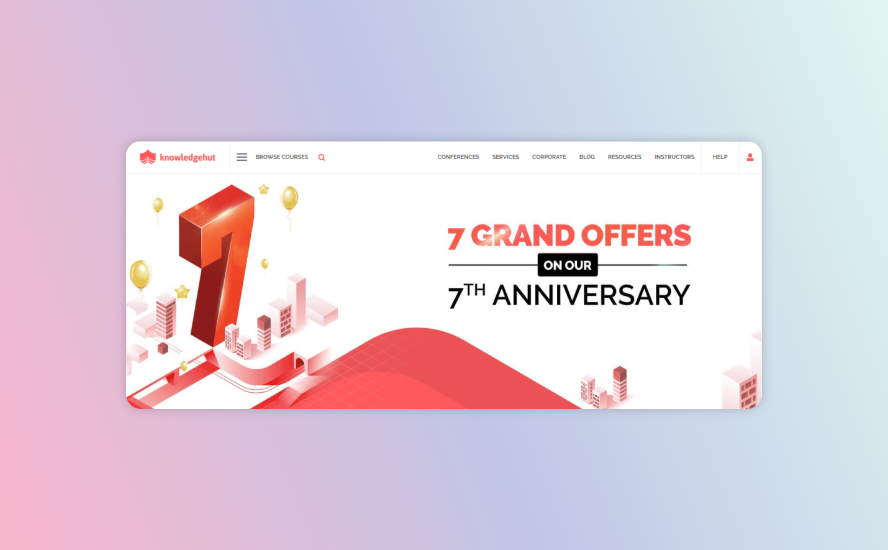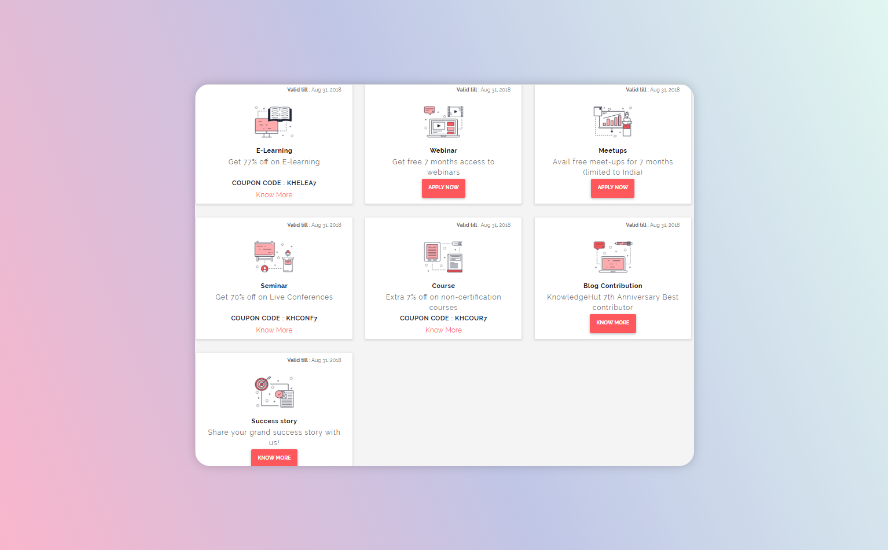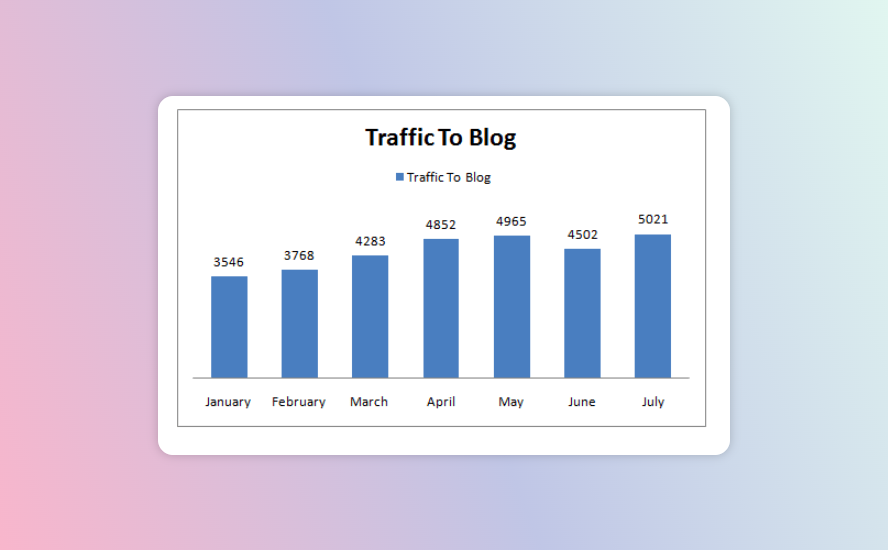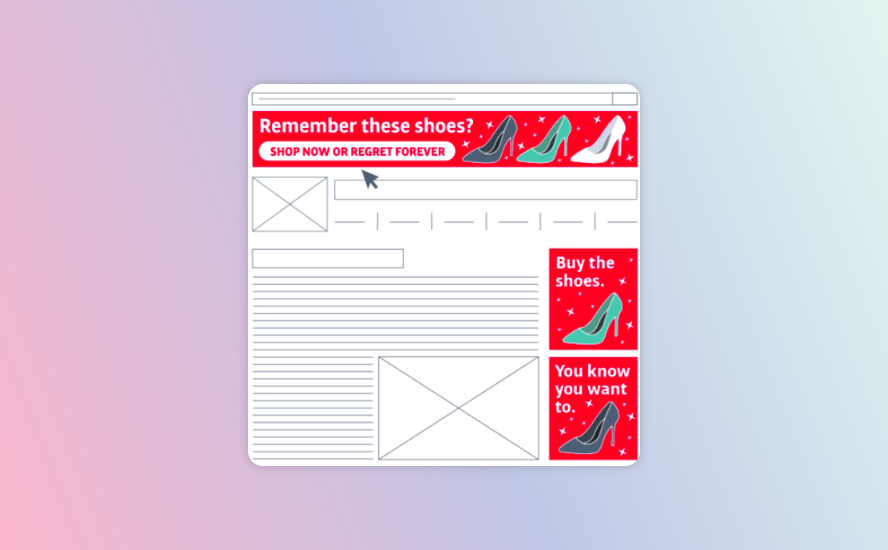Last updated on December 7th, 2022
In an increasingly evolving market, brands are spreading themselves thin in every sector. All they want is a fierce and competitive global presence. Very few brands which treat marketing as a sidebar and a solid foundation as a primary aspect are sitting on the exponentials in the long run.
Esha from KnowledgeHut sheds light on how to build this strong foundation with the right mix of microtargeting and content marketing. But before the deeper talk, here are a few trivia about Esha and KnowledgeHut.
About Esha
Esha is presently working as a Content Marketing Manager at KnowledgeHut Solutions. She is responsible for the end-to-end development, delivery, and marketing of brand-centered content.
Holding a significant position in the digital marketing team at KnowledgeHut, Esha primarily mentors a team of technical content developers and actively coordinates between Paid Marketing (Social Media and PPC Adwords) and SEO teams to deliver content that caters to the niche sectors in the education industry.
A passionate marketing enthusiast, Esha started her career as an Engineer. After graduating from one of the reputed universities in the USA, Esha decided to make a massive career shift and pursue her true calling.
Today, she is a writer-turned-marketer. In her leisure hours, when she isn’t either writing or marketing, Esha indulges in painting, watching movies or listening to music.
About KnowledgeHut
KnowledgeHut is one of the leading education service providers in India. We offer certification training programs to the software professionals in a bid to take their career curves a few notches above their peers.
Our vibrant team of industry experts, marketing professionals, sales personnel, engineers, and designers offer integrated solutions to the customers. One of the pioneer providers of e-learning and classroom training programs in popular IT domains like Project Management, Agile and Scrum, IT Service Management and a few more, KnowledgeHut has become a prominent name among IT professionals.
How important is content in your marketing strategy?
Speaking of small to large scale marketing and branding strides, content is everything. Content, in fact, is more than just the “king”! It is the building block of marketing, and being a content architect and marketer at the same time, I constantly strive to make the perfect blend happen.
Contrary to the common perception, I strongly believe that a one-size-fits-all content approach is the biggest blunder committed by a sizeable cohort of marketers. Rather, a targeted content fed to the right sub-set of customers can have an outsize impact on your brand’s future.
What exactly is microtargeting?
Simply defined, microtargeting is a way to create customer segments based on definite demographic and psychographic patterns. This makes it easier for content marketers to target individual consumer segments and sell useful products to the relevant buyers.
Though widely treated as a content marketing jargon, microtargeting is a simple concept. You need to have a focused customer behaviour analysis (strategy) in place to identify and categorize their buying patterns. As opposed to the common perceptions of mass outreach, microtargeting helps to reach out to your potential prospects and ensure a better conversion.
How do you use microtargeting in your content marketing strategy?
Here’s the caveat and also a big catch! There is no single microtargeting marketing strategy in existence that went exactly as per the plan. It has either overachieved or failed miserably, or perhaps, fetched mediocre leads. This is exactly where a targeted approach comes into the picture.
The first big step to micro target your audience is to segment them into discrete chunks based on unique demographics and psychographics (the latter is widely overlooked by small and mid-scale brands). Next, compare and contrast these consumer subsets and identify the unique features of each. At every stage, ask the following questions-
- Who are my present and prospective customers?
- Do they exhibit certain common buying traits?
- Which are the potential customer areas I can expand based on the generic and specific traits?
An effective heatmapping clearly highlights the product segments your customers are interested in. This applies everywhere. Be it your landing page, blogs, sponsored social media content or e-mail content, individuals who have demonstrated a certain degree of interest in your product(s) should be your primary targets. Dig the goldmine!
What are some of the best tools for microtargeting?
There are no fixed set of tools for a granular targeting. Without a deeper delve into core technicalities, there are certain popular predictive analytics tools widely used by online marketers, such as Google Analytics and Google Adwords.
Let us also not forget the power of social media channels, retargeting Ads and campaigns, where content plays a key role. It is equally safe to say that this is not your garden-variety content. Rather, it is a more focused, personalized and individualized content platter that creates the much-needed appeal.
Any recent campaign in your organization that employed microtargeting and worked really well?
Yes, and it did not just work, it was a massive success. On the occasion of its 7th year anniversary, KnowledgeHut initiated a “7 grand offers” campaign that turned out to be an overnight success. Combined with other microtargeting marketing efforts like relevant internal linking and external linking for blog posts, this was a remarkable attempt to engage the right section of the audience.
You may take a quick glimpse at the campaign here.
Coupled with the above, we also came up with an integrated infographic (first of its kind in the e-learning industry) presenting the perfect learning roadmap for the IT professionals. It not only combines industry-endorsed courses from the top accreditation bodies, but also helps both the entry-level and experienced professionals gain clarity of the career path ahead.
The following graph will help understand the traffic surge we have seen in the preceding months by employing simple yet powerful microtargeting techniques in our regular blog posts. These envelope but are not limited to-
- Educative illustrations
- Internal and external links
- Relevant blog snippets shared on social media
Post implementation, we saw a nearly 14% increase in traffic to the blogs, which was approximately 2.3X the traffic observed in the previous months.
We were also elated to see a 6X increase in overall reach by virtue of the recent gmail campaigns and social media Ads.
Are there any other brands that you think are doing well with microtargeting?
In the present market, Amazon is the power player in terms of strategic microtargeting. It has successfully made itself the second home for its buyers. What more can you ask for when there is a brand that remembers your preferences and helps you make quick decisions on your future purchases!
Find a brilliant example of microtargeting below-
There are absolutely no textbook approaches to microtargeting or marketing in general. However, a few essentials tips can help you stand out in the ever-competitive, dynamic market.
What are the top tips on microtargeting that you would like to share with fellow marketers?
Tip 1: Rightly leverage the “FOMO” mindset
More popular as the acronym FOMO, Fear of Missing Out is a commonly observed buyer trait. While some of the brands have diluted the FOMO practice through overused phrases like “Hurry up before the offer ends” or “Only x items in stock”, marketing giants like Amazon and Flipkart have rightly struck the chord. The best route according to me is to treat FOMO as a buyer mindset through strategic microtargeting.
You may-
- Make your content (offer) exclusive
- Evoke the competitive spirit
- Present social (read social media) proofs
Have the courage to let your content (say limited offers) expire and emphasize the “missed opportunities” in the future e-mails or offer alerts you send to your customers. This enhances your credibility as a brand.
Tip 2: Busting the myth- Microtargeting limits your opportunities
In reality, it does the polar opposite. While massive branding initiatives (macrotargeting) boosts your customer outreach manyfold, microtargeted content brings you closer to your niche and relevant prospects. What would you prefer as a marketer- a 10/1000 or a 30/50 conversion rate?
This could be the ideal way to eliminate the consumer segment that is mostly cold to your offers and updates.
Tip 3: Do not “over” microtarget
Simply put, do not overdo it. Marketing to niche customer clusters often entails handling sensitive (though usually harmless) user details like their age, interests, job titles, general activities and pursuits. But choose to tone it down in your retargeting campaign contents.
An example would be better. It would really scare the world out of me if one fine morning I receive an over-personalized inbox content that says-
“Hey there, 28-year old from Bangalore! We know you love trekking and you miss the XYZ brand sneakers you wore to your road trip to Niagra in 2015! Want to check out the newest shoes we have in store?”
Of course, I have volunteered this information on my social media profiles. But this degree of details is enough to make me feel vulnerable. The same content, scaled down to a more subtle tone may actually nudge me to go ahead and make a purchase.
Read More: 10+ Best Grammar and Plagiarism Checker Tools (Free & Paid)
Conclusion
Esha has given us some really valuable insights on microtargeting and we would like to heartily thank her for the same. We now understand that making Microtargeting a part of one’s content marketing strategy is a smart move. It helps in reaching out to like-minded individuals and can easily influence their actions and thoughts.














